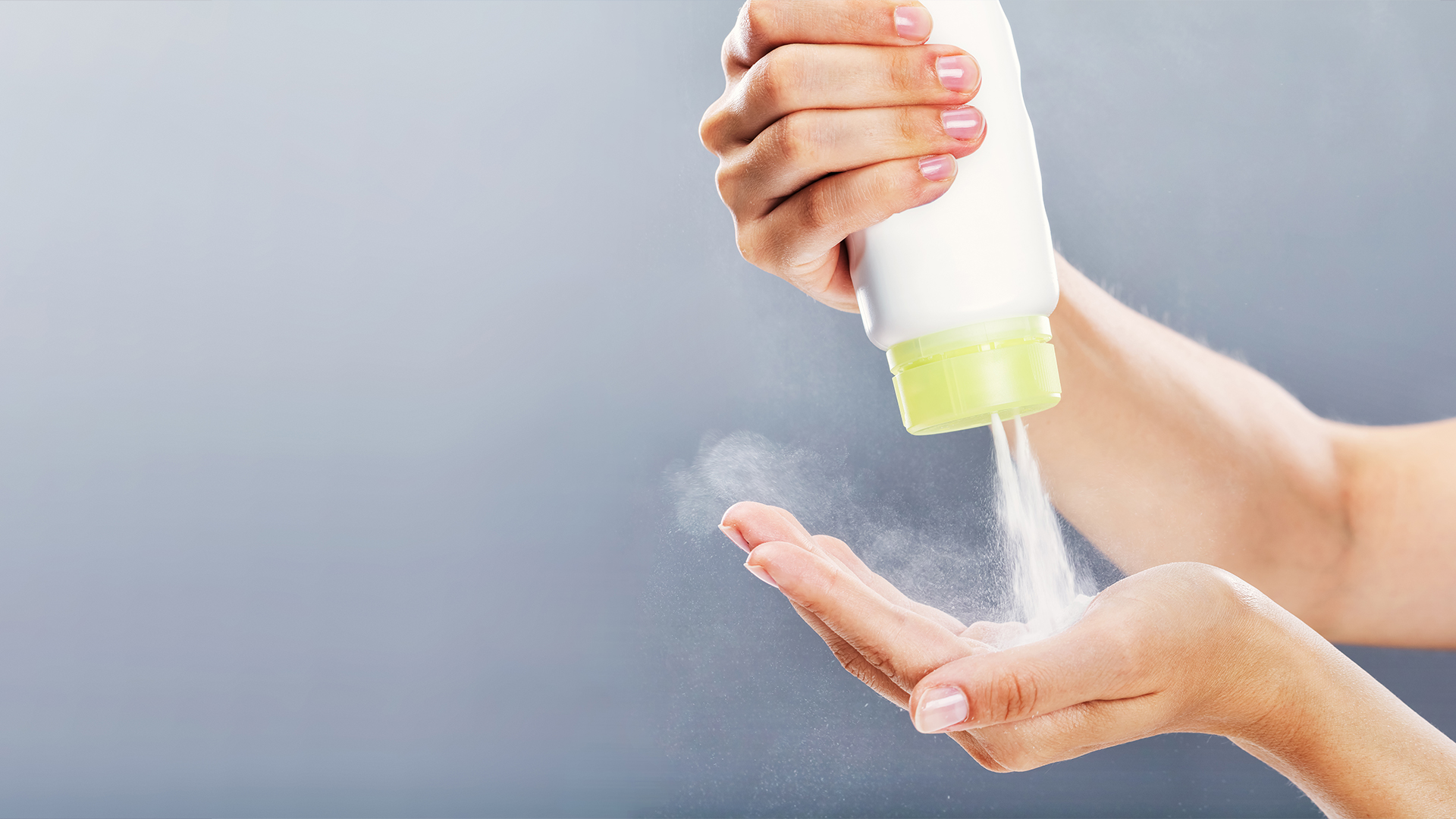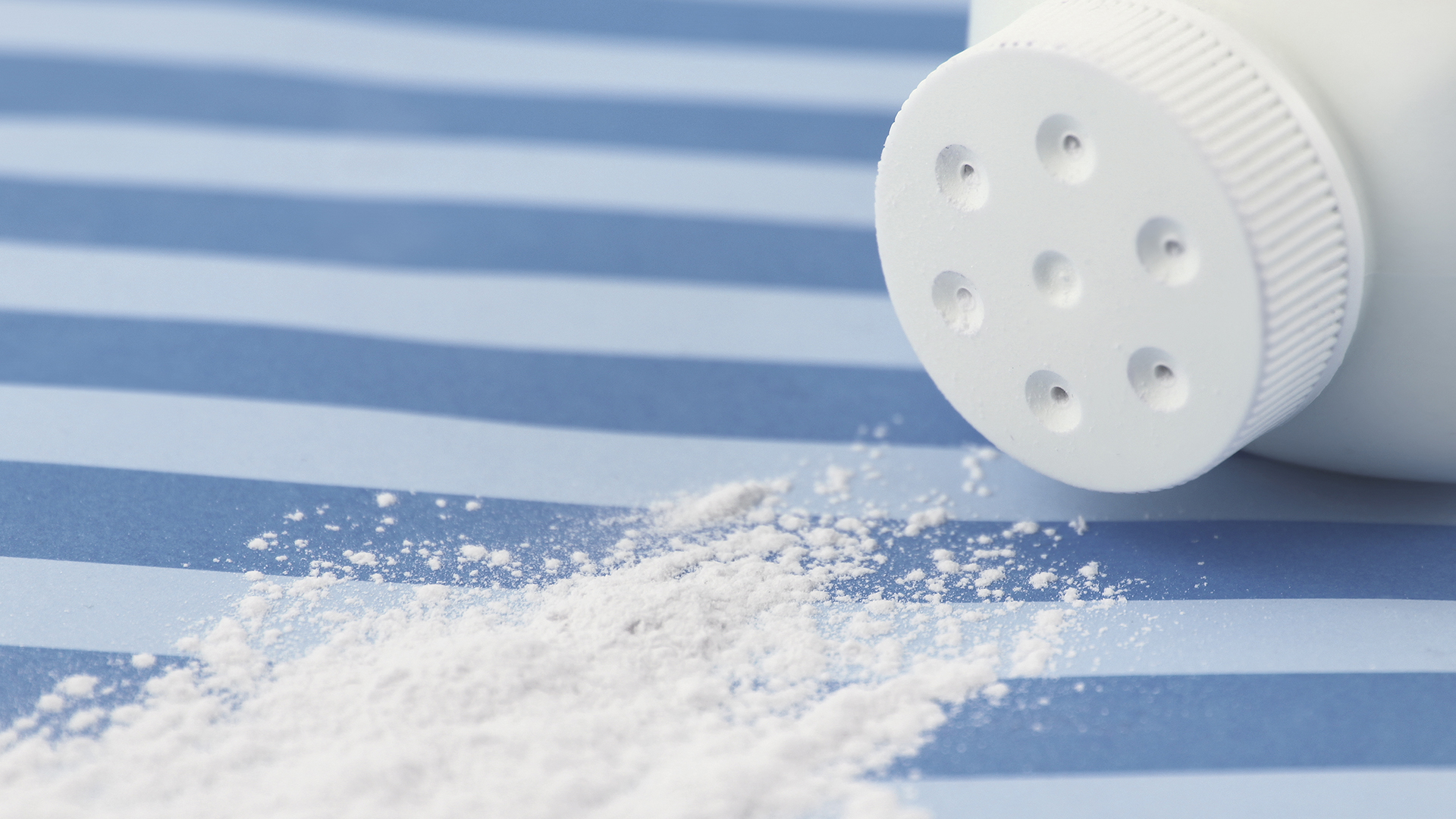What ranks as the third leading cause of death in our country? It might come as a surprise, it is medical interventions – devices such as hip implants and defibrillators account for an increasing role in this statistic.
Even training and expertise in complex hip replacements, did not protect one orthopedic surgeon from a defective metal-on-metal hip. After five years and excruciating pain, a replacement surgery uncovered a hip joint that looked like a “crankcase full of dirty oil.” Metallosis not only affected local tissues and muscle, it had also damaged his heart and brain.
Johnson & Johnson removed its ASR XL metal-on-metal hip implant from the market in 2010 after patient complaints. For three more years, it continued to sell its Pinnacle model, which had similar problems.
In November, six New York patients won a verdict against the company for harm caused by its Pinnacle hip implants and failure to warn of the dangers. Nine thousand related lawsuits are pending against the company.
What FDA testing is required to get a medical device on the market?
The New York Times aptly refers to the relatively unregulated medical device industry as the Wild West of medicine. And when roughly 10 percent of Americans have an implanted medical device to replace a failing joint, fix a cardiac issue or for birth control, this is troubling.
While you might assume the Food and Drug Administration conducts rigorous testing of all high-risk medical devices in the market, you would generally be wrong. Most medical devices have never undergone a clinical trial.
How is that possible? A new drug must go through two clinical trials that follow strict protocols; medical devices often avoid any clinical testing. When the F.D.A. assumed regulatory oversight of medical devices in 1976, it grandfathered all devices that were already on the market through provision 510(k). Medical device companies can avoid costly trials by claiming a new device is simply a minor change on a previously approved device.
Are there remedies available?
Yes, but they are after-the-fact remedies. Unfortunately, the harm has to occur instead of procedures being in place to catch issues before patients are harmed on a large scale.
With these lax regulations, it is surprising that the administration is pushing for more deregulation. It leads to the question: does speeding medical devices to market cause more harm than good? If the number of Class 1 device recalls is any indicator – they have increased from eight in 2003 to 117 in 2016 – more oversight on the front end might be warranted not less. If you or a loved one has been harmed by a medical device, seek immediate legal counsel from one of our experienced products liability attorneys at Weisfuse & Weisfuse.
















